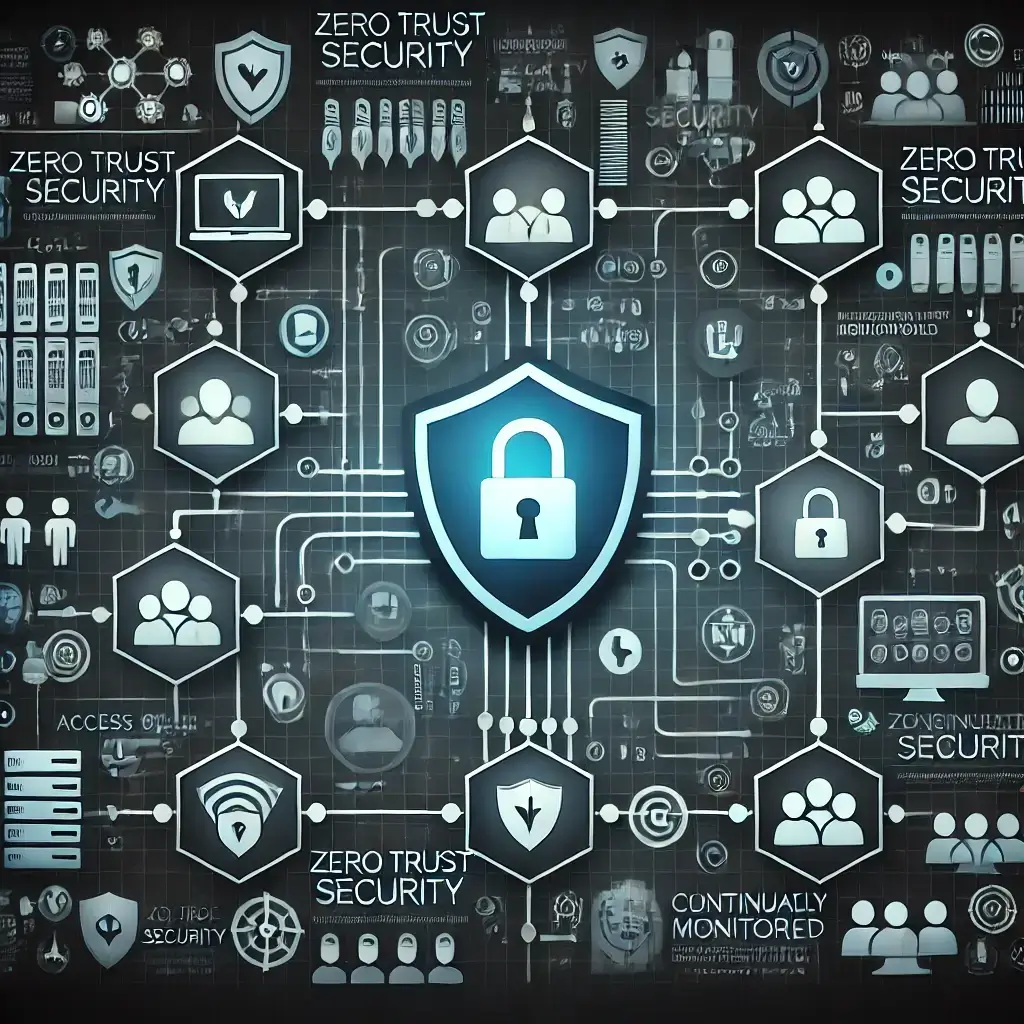



The ever-changing digital terrain has rendered the formerly dependable castle-and-moat strategy for cybersecurity—which relied solely on firewalls—obviously insufficient. A more all-encompassing security approach is required due to the increase in sophisticated cyberattacks that come from both inside and outside of enterprises. This is where Zero Trust, a security paradigm that is quickly gaining acceptance across industries, emerges as the new gold standard.
Fundamentally, Zero Trust challenges the notion that there is intrinsic trust between network perimeters. It mandates constant resource access verification of all devices and users. The “never trust, always verify” method reduces the attack surface and possible damage from breaches, greatly strengthening security.
The ever-changing digital terrain has rendered the formerly dependable castle-and-moat strategy for cybersecurity—which relied solely on firewalls—obviously insufficient. A more all-encompassing security approach is required due to the increase in sophisticated cyberattacks that come from both inside and outside of enterprises. This is where Zero Trust, a security paradigm that is quickly gaining acceptance across industries, emerges as the new gold standard.
Fundamentally, Zero Trust challenges the notion that there is intrinsic trust between network perimeters. It mandates constant resource access verification of all devices and users. The “never trust, always verify” method reduces the attack surface and possible damage from breaches, greatly strengthening security.
Granular Access Control: Zero Trust abandons the antiquated method of providing unrestricted access. Users are only granted the minimal amount of access necessary to do their designated tasks. In the unlikely event that an attacker manages to obtain access to a user’s credentials, this reduces the likelihood of unauthorized data exposure.
Continuous Monitoring and Threat Detection: Zero Trust is not a static defense: it requires constant monitoring and threat detection. It entails continuous observation of system activities and user behavior. Real-time detection of anomalies and suspicious activities using advanced analytics enables prompt response and threat mitigation.
Zero Trust is perfectly suited for today’s changing work contexts because of these fundamental ideas. Workers can safely access information from any place and on any device without jeopardizing security.
Granular Access Control: Zero Trust abandons the antiquated method of providing unrestricted access. Users are only granted the minimal amount of access necessary to do their designated tasks. In the unlikely event that an attacker manages to obtain access to a user’s credentials, this reduces the likelihood of unauthorized data exposure.
Continuous Monitoring and Threat Detection: Zero Trust is not a static defense: it requires constant monitoring and threat detection. It entails continuous observation of system activities and user behavior. Real-time detection of anomalies and suspicious activities using advanced analytics enables prompt response and threat mitigation.
Zero Trust is perfectly suited for today’s changing work contexts because of these fundamental ideas. Workers can safely access information from any place and on any device without jeopardizing security.
Thank you for choosing SecureFLO as your trusted cybersecurity partner.
Thank you for choosing SecureFLO as your trusted cybersecurity partner.





